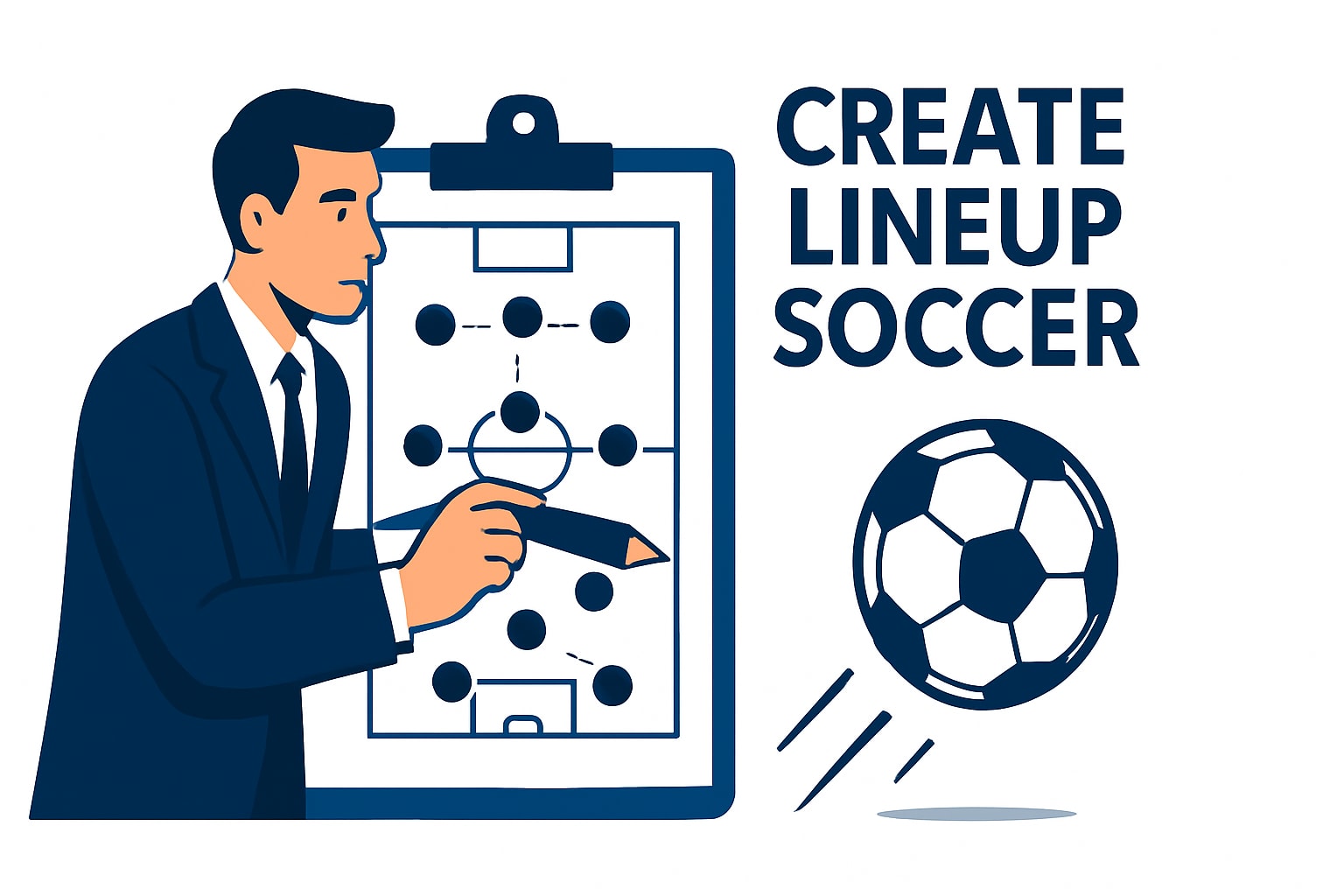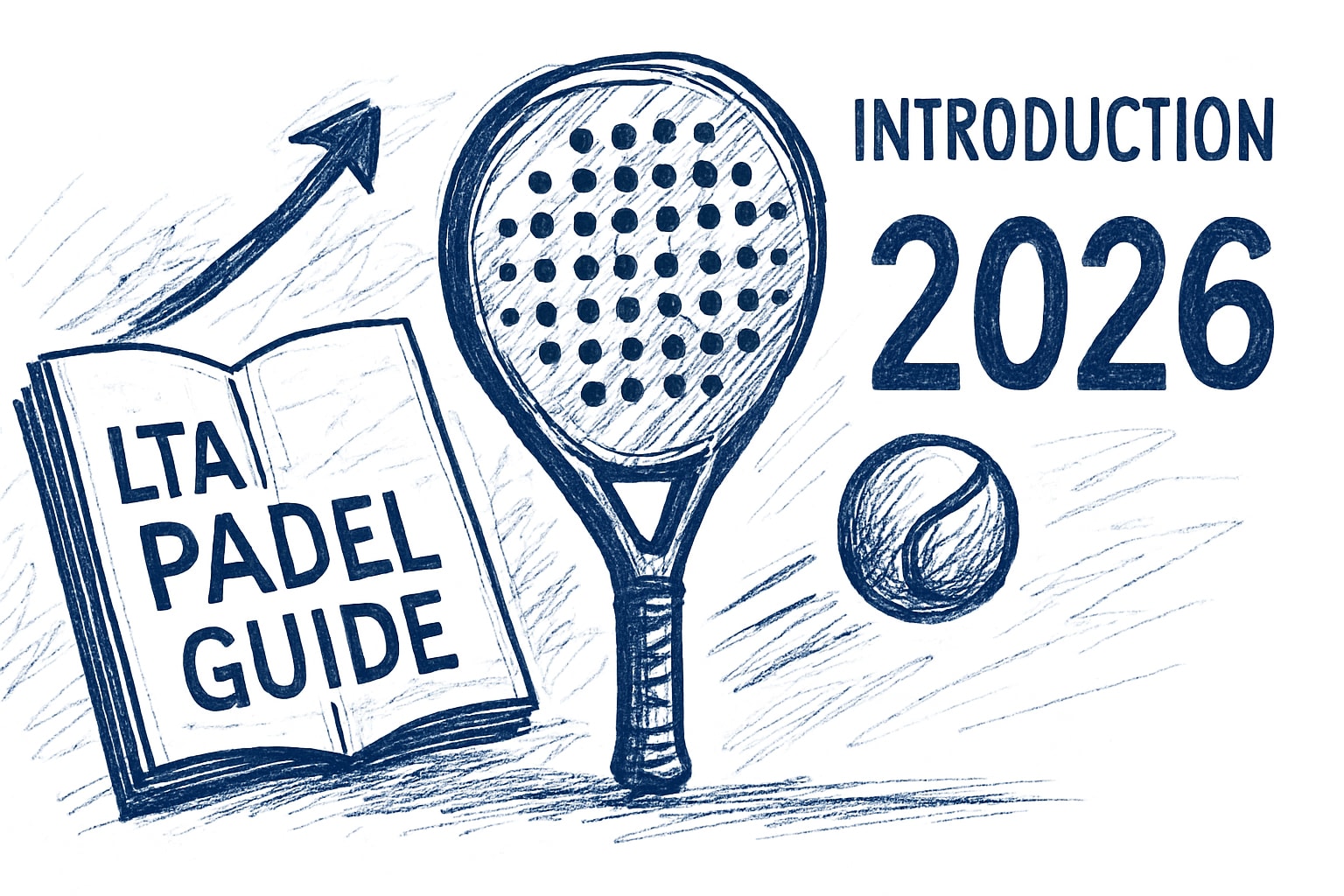Download Poteau
Central Midfielder Position in Soccer
Central midfielders are among the most crucial players on the field, acting as the link between defense and attack. Whether you're looking for a game of pick up soccer near me or watching players in positions like the Sweeper Position in Soccer or the Striker Position, central midfielders are responsible for dictating the tempo of the game, maintaining possession, and distributing passes to their teammates. A well-rounded central midfielder must possess technical skills, vision, and stamina to control the flow of play effectively. In modern soccer, central midfielders play various roles depending on their tactical setup and team strategy.
The Role of a Central Midfielder in Soccer
A central midfielder serves as the engine of the team, orchestrating play from the middle of the pitch. They are tasked with maintaining possession, transitioning from defense to attack, and breaking up opposition plays. Their ability to read the game and make quick decisions is critical to a team's success. A central midfielder must be adaptable, capable of performing both defensive and offensive duties as required. Their positioning and awareness allow them to control the pace of the game, ensuring that their team remains organized and balanced.
Defensive Duties
While central midfielders are often associated with playmaking, their defensive contributions are just as important. They are responsible for intercepting passes, tackling opponents, and covering spaces left by attacking teammates. Many teams employ defensive midfielders within the central midfield role to shield the backline and disrupt opposing attacks. Their ability to break up plays and recover possession can significantly impact a team's defensive stability.
Key Skills Every Central Midfielder Needs
To excel in the central midfielder position, players must develop a well-rounded skill set that allows them to influence all aspects of the game. Their technical, tactical, and physical abilities define their effectiveness on the field. Some of the most important skills include passing accuracy, ball control, vision, and stamina. A central midfielder must also possess a high football IQ, enabling them to anticipate opponents' moves and make split-second decisions.
Passing and Distribution
One of the primary responsibilities of a central midfielder is distributing the ball efficiently. They must be able to execute short, quick passes to retain possession while also delivering long, accurate balls to initiate attacks. Great midfielders, such as Xavi Hernandez and Andrea Pirlo, were known for their exceptional passing range and vision, allowing them to control games with their distribution skills.
Different Types of Central Midfielders
The central midfielder position encompasses various roles, each with its unique responsibilities. Depending on the team's tactical approach, midfielders can be deployed in attacking, defensive, or box-to-box roles. Understanding these different roles helps to appreciate the versatility required to play in central midfield effectively.
Defensive Midfielder
Defensive midfielders, also known as holding midfielders, focus primarily on breaking up opposition plays and protecting the defense. They sit deep in midfield, intercepting passes and making tackles to regain possession. Players like Sergio Busquets and Claude Makélélé exemplify this role, using their defensive awareness and passing ability to control the game from a deeper position.
Attacking Midfielder
Attacking midfielders operate higher up the field, linking the midfield with the forwards. Their role is to create goal-scoring opportunities, either through precise passing or by taking shots themselves. Attacking midfielders often have exceptional dribbling skills and creativity, making them a constant threat in the final third. Legendary players such as Kevin De Bruyne and Zinedine Zidane are perfect examples of attacking midfielders who dictate play in advanced areas.
The Importance of Tactical Awareness
Tactical awareness is one of the defining characteristics of a successful central midfielder. These players must constantly assess the game, positioning themselves optimally to influence both offensive and defensive phases. Understanding when to push forward and when to sit back is crucial in maintaining team balance. A tactically aware midfielder also communicates effectively with teammates, ensuring proper positioning and movement across the field.
Positional Discipline
Maintaining positional discipline is essential for a central midfielder, as their role demands a balance between attack and defense. Players must resist the temptation to push too far forward, leaving gaps in midfield. Likewise, defensive-minded midfielders should be prepared to contribute to build-up play rather than solely focusing on defense. A well-disciplined midfielder ensures that their team maintains shape and structure throughout the game.
The Evolution of the Central Midfielder Role
The role of central midfielders has evolved significantly over the years, adapting to new tactical systems and playing styles. Traditionally, midfielders were categorized strictly as defensive or attacking players, but modern soccer has blurred these distinctions. Today's central midfielders are expected to be more versatile, contributing equally to defensive and offensive duties. Managers emphasize fluidity in midfield, requiring players to adapt to different roles within a single game.
Modern Trends in Central Midfield Play
With the rise of pressing football, central midfielders are now expected to be more dynamic and aggressive in winning back possession. Teams like Manchester City and Liverpool have popularized high-intensity pressing, requiring midfielders to close down opponents quickly and recover the ball efficiently. Additionally, the importance of passing accuracy and composure under pressure has never been greater, as teams prioritize possession-based play to break down defensive lines.
The central midfielder position remains one of the most demanding and influential roles in soccer. A player's ability to control the game, make key passes, and contribute defensively defines their success in this role. As the game continues to evolve, central midfielders will remain at the heart of tactical systems, ensuring fluid transitions between defense and attack. Whether as a deep-lying playmaker, a box-to-box midfielder, or a defensive shield, the central midfielder is an indispensable part of any soccer team.





